![]()
A ribbon-cutting ceremony Saturday marked the completion of one of the Route 66 Gateways on the west side of Tulsa.
The main Gateway structure had been finished for months, but the concrete kiosks that explain the region’s history had been completed only a few days before.
The other Route 66 Gateway in Tulsa is on East 11th Street, near its intersection with Interstate 44.
The ribbon-cutting was part of the Route 66 Patriot Car Show in Tulsa that day. KRMG radio reported on the event:
Tulsa Mayor Dewey Bartlett and City Councilors Jeannie Cue and Connie Dodson held a ribbon cutting for the Route 66 Gateways project at the East Gateway and another ribbon cutting at the West Gateway, following the cruise.
Mayor Bartlett also presented a proclamation to Ginger Ravella, a representative from the Folds of Honor organization whose husband, Air Force Maj. Troy Gilbert, was killed in Iraq in 2006.
“Memorial Day is about men like him, women like him,” Ravella said. “It’s not about BBqs and swimming pools. Much blood has been shed so we can be free.”
As you can see from the above photo, “Route 66: The Mother Road” author Michael Wallis also was at the ceremony.
The Tulsa World also posted a report and video about the event.
Tulsa resident Susan Yates provided these photos of the new Route 66 Gateway kiosks, just days before the event. The text on the kiosks — titled “Settlement of the Nations: 1836 to 1866,” “Transition: 1866 to 1901,” “A New Century: 1901 to 1926” and “The Motoring Public: 1926 – ” — was written by local historian David Breed.
The kiosks also contained a map of Tulsa County and a listing of the Route 66 icons there:
(Image of the Gateway ceremony via Kathleen King)
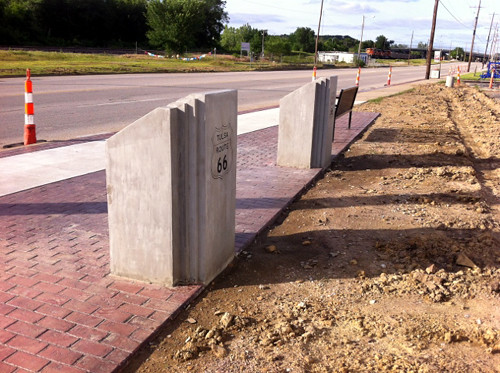
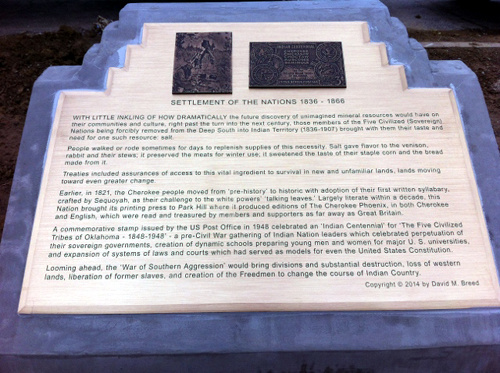
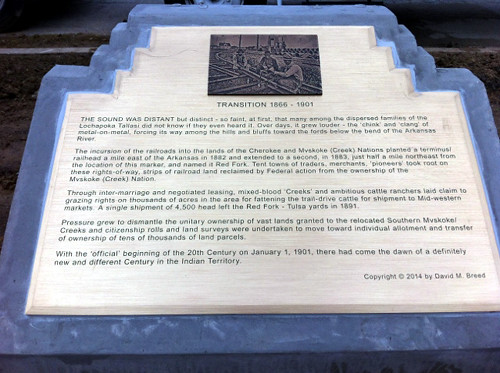
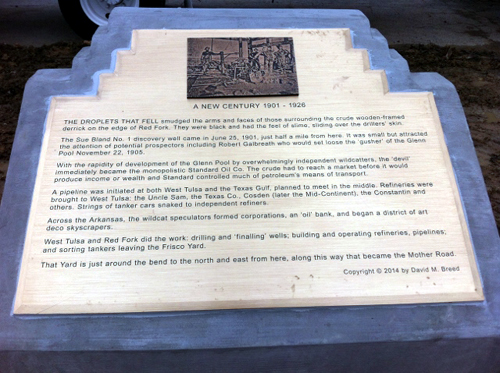
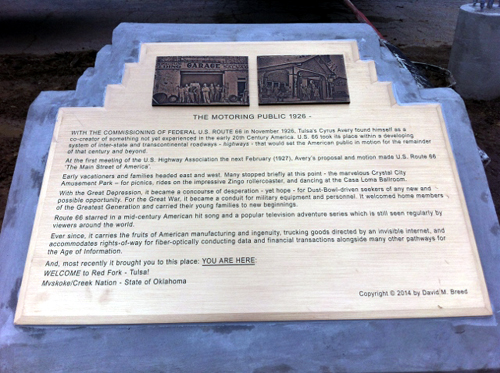
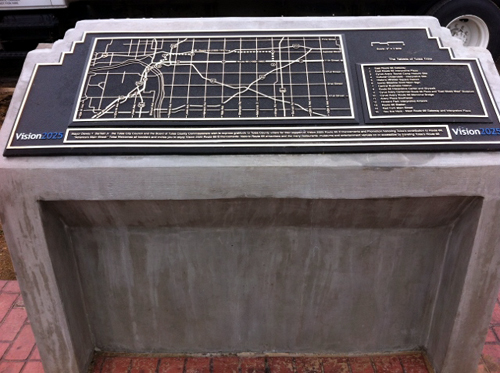
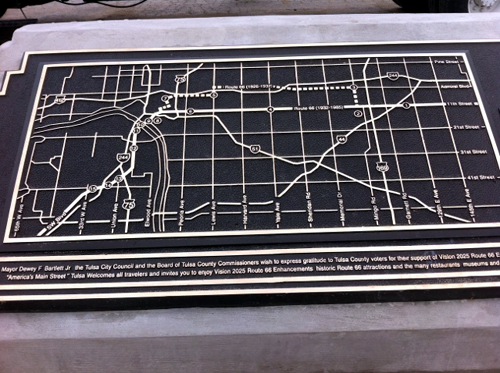
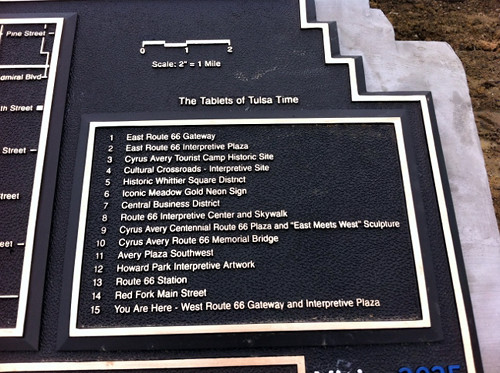
Tulsa is *really* building a legacy for the future of Route 66. It’s genuinely becoming a real focus for the whole experience — past, present, and future — of the Mother Road. While a number of other cities and towns on the highway have recently rediscovered 66 and more strongly emphasized their own role in it’s history, Tulsa is becoming a real beacon for preservationists, historians, and the ordinary tourists who are the life-blood of 66.